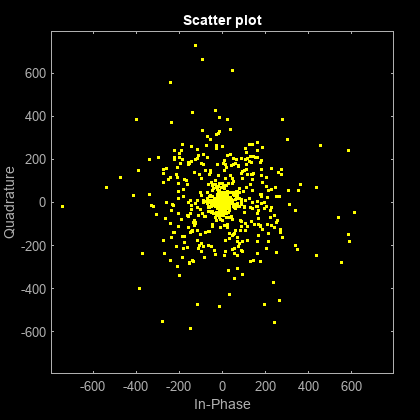rf.PAmemory
Description
Use the rf.PAmemory
System object™ to model a two-port power amplifier (PA) using a memory polynomial expression
derived from the Volterra series. The Volterra series models the nonlinear relationship
between input and output signals. This System object:
Includes memory effects, where the output response depends on the current input signal and the input signal at previous times.
Does not generate new frequency components and includes memory effects since the output response at any instance of time depends on both current and previous input signal values.
Use this System object when transmitting narrowband signals into your RF system.
To create a nonlinear power amplifier with memory and use it:
Create the
rf.PAmemoryobject and set its properties.Call the object with arguments, as if it were a function.
To learn more about how System objects work, see What Are System Objects?
Creation
Description
rfpa = rf.PAmemory
rfpa = rf.PAmemory (Name=Value)rf.PAmemory object using one or more name-value
arguments. For example, rfpa = rf.PAmemory(Model='Cross-term memory')
creates a power amplifier element designed using the cross-term memory type. Properties
you do not specify retain their default values.
Properties
Usage
Syntax
Description
Input Arguments
Output Arguments
Object Functions
To use an object function, specify the
System object as the first input argument. For
example, to release system resources of a System object named obj, use
this syntax:
release(obj)
Examples
Algorithms
References
[1] Morgan, Dennis R., Zhengxiang Ma, Jaehyeong Kim, Michael G. Zierdt, and John Pastalan. "A Generalized Memory Polynomial Model for Digital Predistortion of Power Amplifiers." IEEE Transactions on Signal Processing. Vol. 54, No. 10, October 2006, pp. 3852–3860.
[2] Gan, Li, and Emad Abd-Elrady. "Digital Predistortion of Memory Polynomial Systems using Direct and Indirect Learning Architectures". Proceedings of the Eleventh IASTED International Conference on Signal and Image Processing (SIP) (F. Cruz-Roldán and N. B. Smith, eds.), No. 654-802. Calgary, AB: ACTA Press, 2009.
Version History
Introduced in R2024a
